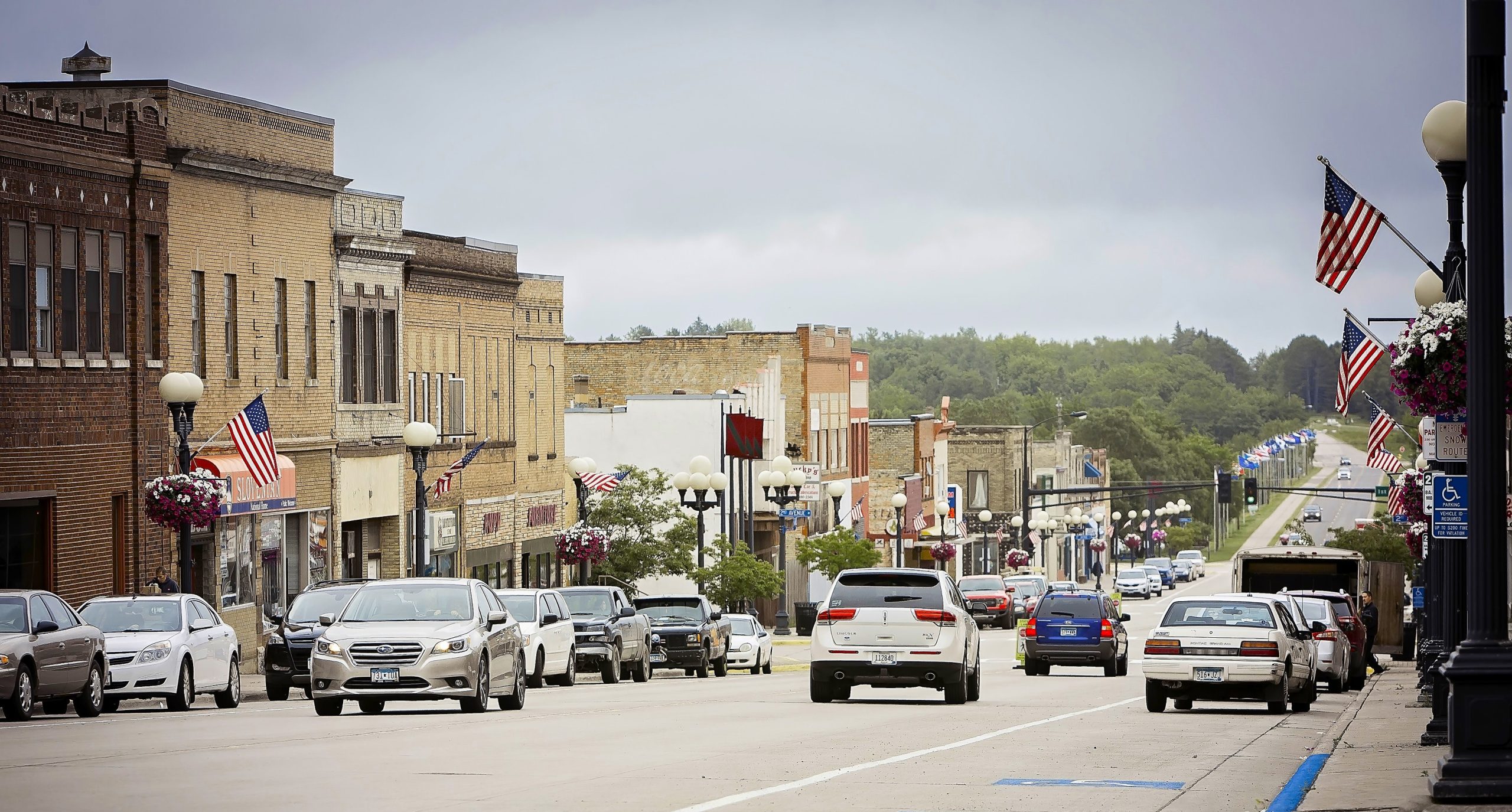What does AI Know About the Mesabi Iron Range?
Editor’s note: This blog was written by ChatGPT with the following prompt: “Write a blog about northern Minnesota’s Mesabi Iron Range.” It has not been edited from its’ original format, other than to call out headlines in a different font, and to add images for interest.
Unearthing Riches: Exploring the Mesabi Iron Range of Northern Minnesota
Nestled in the heart of northern Minnesota lies a geological marvel that has shaped not only the landscape but also the economic and cultural fabric of the region: the Mesabi Iron Range. Spanning over 110 miles long and averaging around three miles wide, the Mesabi Range is renowned for its vast deposits of iron ore, which have been a cornerstone of industrial development in the United States for over a century. In this blog, we’ll delve into the rich history, geological significance, and contemporary relevance of this extraordinary natural resource.

A Geological Wonder:
The Mesabi Iron Range formed over two billion years ago during the Precambrian era through a complex process of geological activity. Layers of iron-rich sedimentary rock, known as taconite, were deposited at the bottom of ancient sea beds. Over time, geological forces such as volcanic activity and shifting tectonic plates uplifted these deposits, exposing them to the surface.
The Iron Rush:
The discovery of iron ore on the Mesabi Range in the late 19th century sparked a frenzied period of exploration and development. Prospectors and entrepreneurs flocked to the region, drawn by the promise of vast riches hidden beneath the rugged terrain. Towns sprang up virtually overnight, fueled by the influx of miners, loggers, and entrepreneurs eager to capitalize on the burgeoning industry.
One of the defining moments in the history of the Mesabi Range was the development of open-pit mining techniques, which revolutionized the extraction of iron ore on a massive scale. These enormous open pits, some stretching over two miles long and hundreds of feet deep, became iconic symbols of the region’s industrial prowess.

Economic Impact:
The Mesabi Iron Range has long been synonymous with economic prosperity in northern Minnesota. The mining industry provided thousands of jobs, supporting families and communities across the region. Moreover, the iron ore extracted from the Mesabi Range played a crucial role in fueling the growth of the American steel industry, powering the construction of skyscrapers, bridges, and highways that shaped the nation’s infrastructure.
However, the boom-and-bust cycles inherent in extractive industries have also left their mark on the Mesabi Range. Periods of prosperity were often followed by downturns, as fluctuating demand and market conditions led to layoffs and closures. Despite these challenges, the resilience of the communities on the Mesabi Range is a testament to their enduring spirit and determination.

Environmental Considerations:
While the Mesabi Iron Range has been a source of wealth and opportunity, it has also raised important environmental concerns. The process of mining and processing iron ore can have significant impacts on the surrounding ecosystem, including habitat destruction, water pollution, and air emissions. In recent years, efforts have been made to mitigate these impacts through improved mining practices, environmental regulations, and restoration efforts.

Looking to the Future:
As we look to the future, the Mesabi Iron Range continues to play a vital role in the economy and identity of northern Minnesota. Advances in technology and sustainable practices offer new opportunities for responsible resource development, ensuring that future generations can benefit from this extraordinary natural asset.
Conclusion:
The Mesabi Iron Range stands as a testament to the power of human ingenuity and the enduring influence of geological forces. From its humble beginnings as a remote wilderness to its status as an industrial powerhouse, the Mesabi Range has left an indelible mark on the landscape and the people who call it home. As we navigate the challenges and opportunities of the 21st century, let us remember the lessons of the past and strive to steward this remarkable resource for generations to come.




